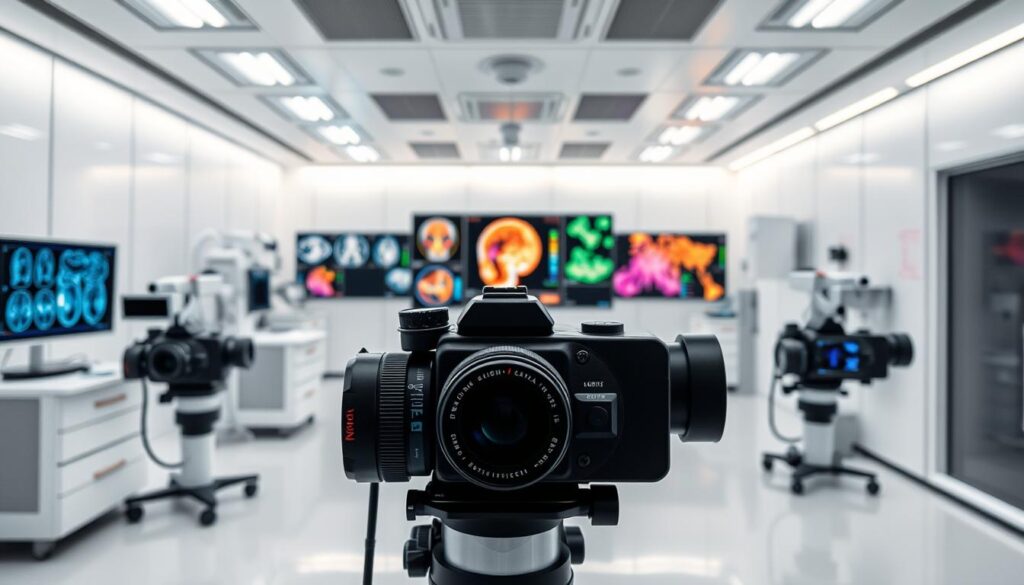When it comes to your health, having access to reliable and advanced diagnostic tools can make all the difference. For many patients, the journey to understanding their health begins with a simple scan or test. But what if that process could be faster, more comfortable, and more affordable? That’s where prime imaging steps in.
With locations across Tennessee, Texas, Arkansas, and Oklahoma, this multi-state service provider is dedicated to delivering top-notch imaging services. Their commitment to patient comfort and cutting-edge technology ensures that every visit is as stress-free as possible. Whether it’s a routine check-up or a specialized scan, they’ve got you covered.
What sets them apart? Strategic partnerships with physicians and the use of FDA-approved equipment like GE and Siemens. They also focus on reducing radiation exposure in CT scans, making their services safer for everyone. From prostate MRIs to digital mammography, they offer a wide range of specialized options tailored to your needs.
Key Takeaways
- Multi-state provider with locations in TN, TX, AR, and OK.
- Focus on patient comfort and advanced diagnostic tools.
- Strategic physician partnerships for better community care.
- Cost-effective solutions for rising insurance deductibles.
- Use of FDA-approved GE and Siemens equipment.
- Innovations in radiation reduction for CT scans.
- Specialized services like prostate MRI and digital mammography.
What is Prime Imaging Technology?
Modern diagnostic tools have revolutionized the way we understand and treat health conditions. At the heart of this transformation is Prime Imaging Technology, which integrates PET, CT, MRI, and ultrasound technologies. This combination allows for comprehensive diagnostic capabilities, ensuring accurate and timely health assessments.
Definition and Core Concepts
Prime Imaging is built on the seamless integration of multiple technologies. For instance, PET/CT fusion combines metabolic activity mapping with detailed anatomical imaging. This is particularly useful for detecting conditions like cancer and Alzheimer’s disease. Similarly, 3T MRI systems provide unparalleled precision, especially in prostate imaging, aiding in surgical planning.
Radiation-reduction protocols in modern CT scanners ensure patient safety without compromising image quality. The Siemens Symphony Tim 1.5T MRI system offers high-resolution imaging, making it a cornerstone of modern diagnostics. Additionally, the GE P-6 ultrasound system, operated by trained specialists, delivers reliable results for a variety of conditions.
Evolution of Imaging Technology
The journey of diagnostic imaging began with basic X-rays, which provided a glimpse into the human body. Over time, advancements led to the development of CT scanners, offering cross-sectional views. The introduction of MRI systems marked a significant leap, enabling detailed soft tissue imaging.
Today, 3T MRI systems represent the pinnacle of this evolution, delivering exceptional clarity. Digital mammography suites have also replaced traditional methods, offering faster and more accurate breast cancer screenings. These innovations highlight the continuous progress in the field of diagnostic imaging.
| Technology | Key Feature | Application |
|---|---|---|
| PET/CT | Metabolic activity mapping | Cancer and Alzheimer’s detection |
| 3T MRI | High-resolution imaging | Prostate imaging and surgical planning |
| GE P-6 Ultrasound | Specialist-operated | Versatile diagnostic tool |
Benefits of Prime Imaging

Innovative diagnostic solutions are transforming the healthcare experience. For patients, this means faster, safer, and more accurate results. Their services prioritize comfort, accuracy, and safety, ensuring a seamless journey from diagnosis to treatment.
Enhanced Diagnostic Accuracy
Modern imaging tools like 3T MRI systems offer unparalleled precision. For example, prostate cancer detection rates are significantly higher compared to traditional methods. This level of accuracy aids in early diagnosis and effective treatment planning.
Same-day results delivery ensures that patients and physicians can make timely decisions. This efficiency is critical in managing conditions like cancer and neurological disorders.
Improved Patient Comfort and Experience
Open MRI designs reduce claustrophobia, making the process less stressful. Noise-reduction features in modern MRI chambers further enhance comfort. Anxiety-reduction protocols, such as calming music and clear communication, help patients feel at ease.
Appointment scheduling is 40% faster, minimizing wait times. Financial flexibility through payment plans ensures that cost is not a barrier to essential care.
Reduced Radiation Exposure
Radiation monitoring in pediatric CT protocols ensures safety for younger patients. Helical CT scanners reduce doses by up to 60%, maintaining image quality while protecting health.
These advancements highlight the commitment to patient safety without compromising diagnostic accuracy.
| Feature | Benefit |
|---|---|
| 3T MRI Systems | Higher detection rates for prostate cancer |
| Open MRI Designs | Reduced claustrophobia and anxiety |
| Helical CT Scanners | Up to 60% dose reduction |
“The integration of advanced technology and patient-centered care is revolutionizing diagnostics.”
Applications of Prime Imaging in Modern Industries

From medical diagnostics to industrial applications, modern imaging plays a pivotal role. Its versatility extends across healthcare, research, and beyond, offering precise solutions for complex challenges.
Medical Diagnostics: MRI, CT, and Ultrasound
In healthcare, MRI systems are essential for soft tissue imaging. They provide detailed views of organs, muscles, and nerves, aiding in accurate diagnoses. Ultrasound technology, on the other hand, is widely used for real-time imaging, such as monitoring fetal development or guiding biopsies.
CT scans, including advanced CT scan services, offer cross-sectional images of the body. They are invaluable for detecting bone fractures, internal injuries, and vascular conditions.
Cancer and Alzheimer’s Disease Detection
PET/CT scans, using FDG-18 tracers, are crucial for detecting cancer and Alzheimer’s disease. They map metabolic activity, identifying abnormal cell growth or plaque buildup in the brain. This technology is particularly effective for tracking cancer metastasis.
Neurological and Prostate Imaging
Neurological testing, including EMG, NCS, and EEG, relies on imaging to assess nerve and brain function. Prostate MRI is another critical application, providing detailed images for surgical planning and cancer detection.
CT angiography is also widely used for vascular mapping, while ultrasound plays a key role in thyroid diagnostics. These applications highlight the diverse uses of imaging services in modern medicine.
Conclusion
Advanced diagnostic tools are reshaping healthcare by offering safer, faster, and more accurate solutions. With nationwide expansion plans and ongoing AI integration projects, these services are becoming more accessible than ever. Patients benefit from cost-effective options compared to hospital-based imaging, making essential care more affordable.
Radiation safety remains a top priority, with protocols ensuring minimal exposure without compromising quality. Insurance acceptance rates are rising, further easing the financial burden for patients. High patient satisfaction metrics reflect the focus on comfort and efficiency.
Looking ahead, the introduction of 7T MRI systems promises even greater precision. Mobile services are also expanding to rural areas, ensuring everyone has access to advanced diagnostics. Physicians are encouraged to refer patients for specialized studies, enhancing community health outcomes.


